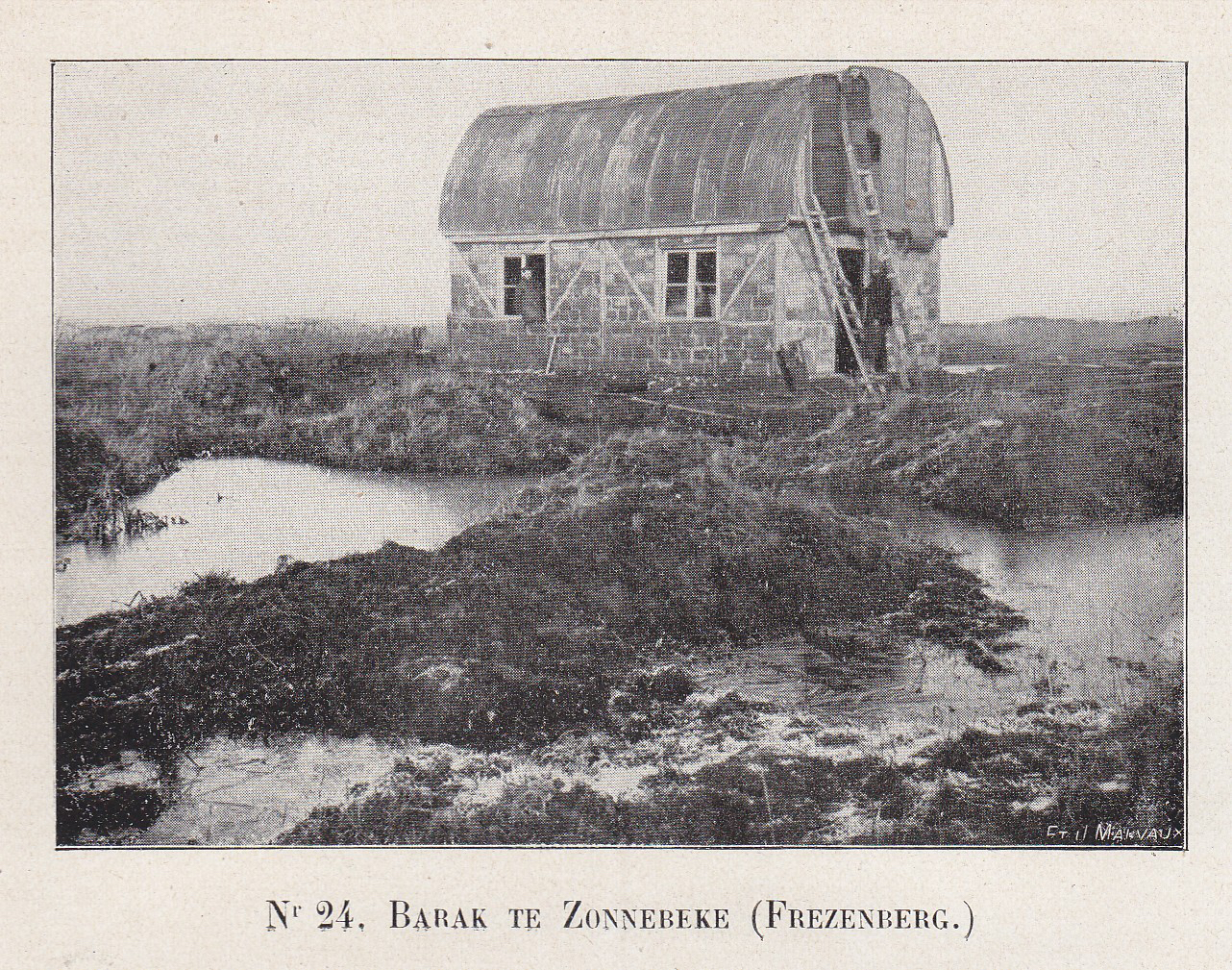Habiter une tôle ondulée
Contenu principal de l'article
Résumé
This aparté reports on a master thesis that brings together environmental and architectural questions through the study of a semi-cylindrical corrugated iron sheet. The thesis takes the form of a narrative that moves through different territories and traces the history of this archi- tectural form across four cases: house K. designed by Belgian architects De Smet and Vermeulen in 1989; the Nissen hut, a wartime shelter invented by the British army in 1916; the Quonset hut, an update of the same shelter by the US Army in 1941; and Farmer’s House designed by Japanese architect Osamu Ishiyama in 1973. What does the turning of a metal plate into the main protagonist of a narrative allow for in the writing of a fragment of architectural history? To answer this question, the text highlights the different roles the corru- gated panel plays in the narrative: that of subject, observation post, and connecting agent. As such, corrugated iron allows for architectural analyses to be integrated into an environmental narrative, for disturbed environments to be observed, and for further connections to be brought to light between war and post-war periods, and between the history of Belgian and Japanese architecture.
Details de l'article

Ce travail est disponible sous licence Creative Commons Attribution - Pas d'Utilisation Commerciale - Pas de Modification 4.0 International.

